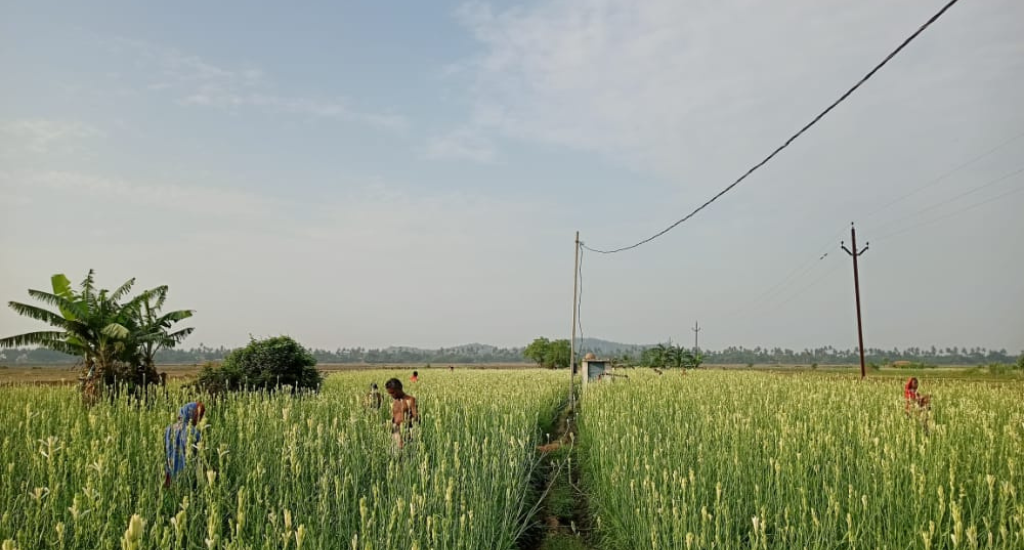
Rajanigandha perfumes Odisha’s cyclone-wrecked Ralaba
Ralaba’s rajanigandha fields are a source of livelihood and a testament to a community’s ability to reinvent itself after a natural calamity.

Ralaba’s rajanigandha fields are a source of livelihood and a testament to a community’s ability to reinvent itself after a natural calamity.
This is a fragrant saga of reinvention, the ability to bloom amidst adversity.
The success story in Odisha’s Ralaba village unfolded in the aftermath of the Super Cyclone that struck India’s eastern coast in 1999. It threw a knockout punch on Ralaba, a village located 17 km from the beach town of Gopalpur in Ganjam district of Odisha. Gail force winds exceeding 250 kmph barrelled down on the village, leaving its vast areca nut and betel leaf plantations in ruins and severing the lifeline of its livelihood.
It took a year and a half for the village to crawl back to normalcy. But this tale is not one of despair.
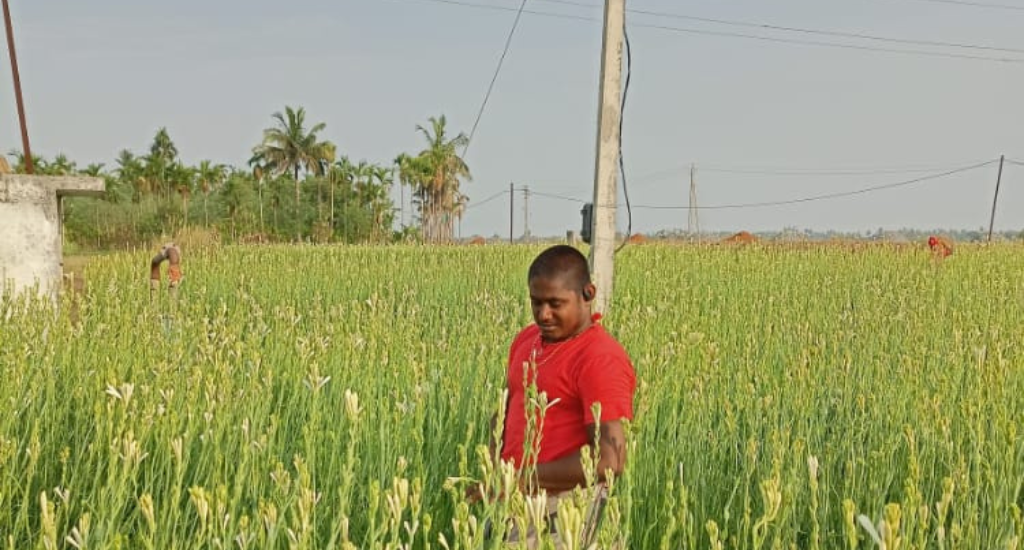
Fast forward to 2001, and Ralaba found itself adorned with the hues and scents of the rajanigandha (tuberose). The cultivation of this white and fragrant flower has become a transformative endeavour, impacting both the community and individual farmers.
Today, Jumar Dalai, a 48-year-old farmer, stands at the heart of this blossoming floriculture trade, collecting the flowers from over 140 farmers in Ralaba. His daily routine involves ferrying these delicate blooms to Brahmapur city, a 25 km journey undertaken with dedication.
As tasked by the Flower Growers Association (FGA) of Ganjam and Krishi Utpadaka Sangha (KUS) of his village, Jumar Dalai carries nearly 60 kg of rajanigandha each morning on his two-wheeler. He delivers the sweet-smelling cargo to over 20 florists in Brahmapur, occasionally doubling the load in the evening when demand peaks.
Also Read: Money blooms in India’s ‘flower village’ of Nikamwadi in Maharashtra
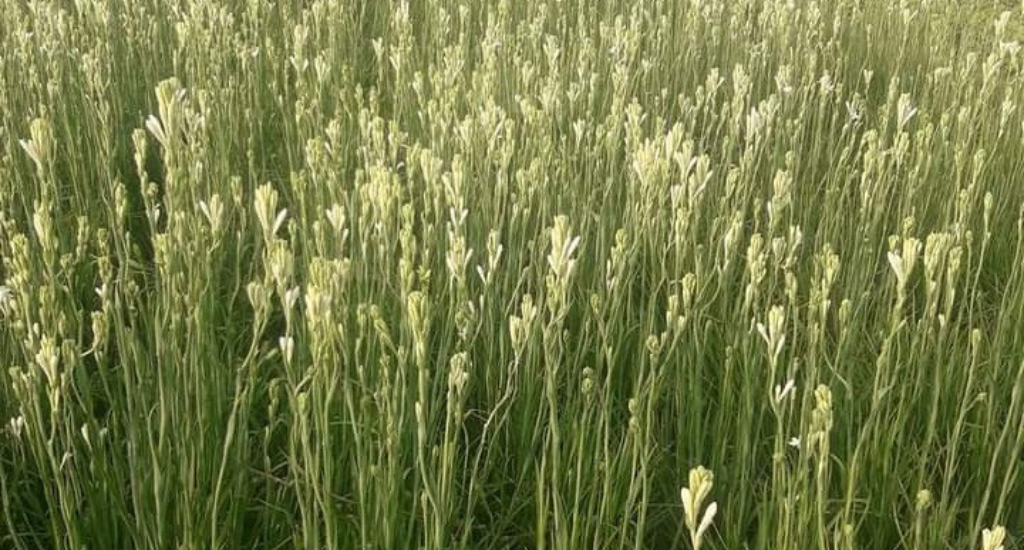
“Farmers pay me around Rs 20,000 every month to meet my expenses that include fuel and labour charges,” said Jumar Dalai, who also grows rajanigandha on his small farm.
Ralaba’s tuberoses spread their fragrance in Bhubaneswar, Cuttack and Puri as well.
“When production increases during summer, we send our flowers to places as far as Nabarangpur in southern Odisha and Raipur in Chhattisgarh,” said KUS secretary Babu Bhaula. “We sell them at Rs 120 a kg.”
The success story unfolded in the aftermath of the Super Cyclone, which adversely affected betel nut farming, prompting a shift towards rajanigandha cultivation. Motivated by pioneers like Jogi Dalai and Jayasingh Barada, around 30 farmers began cultivating rajanigandha in 2001, initially on 10 acres.
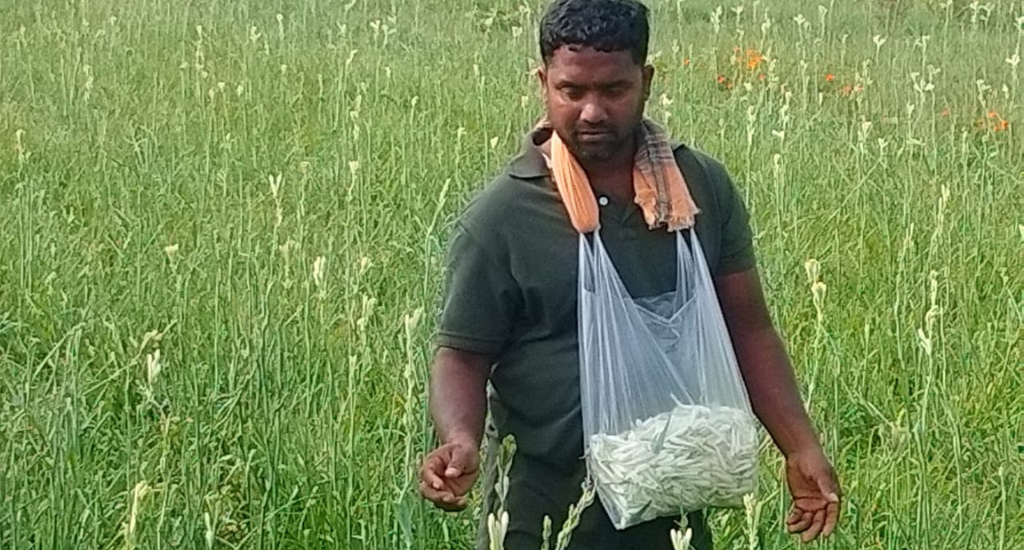
“It took a year to set things right after the cyclone, and another six months for the spadework to grow tuberoses,” said FGA secretary Sridhar Verma.
The venture has since blossomed to over 80 acres. Farmers still engage in betel nut farming, but its acreage comprises less than 30 percent.
Also Read: West Bengal’s flower trade booms beyond state borders
The state horticulture department played a supportive role, providing financial assistance under the National Horticulture Mission (NHM).
“In 2023, six farmers received Rs 6,000 per hectare under the Mission for Integrated Development of Horticulture, a component of NHM,” said Pratap Panda, assistant director (horticulture) in Chhatrapur.
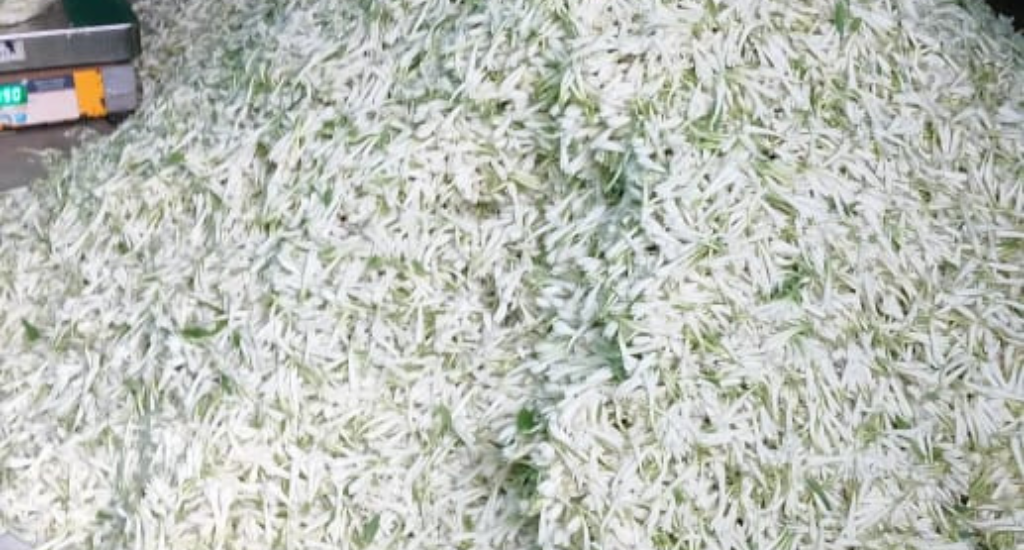
“The per-acre yield varies between 15 kg and 20 kg during winter and rains, surging to over 250 kg during summer,” said Jayasingh Barada, the 54-year-old visionary farmer. Despite the annual wastage of nearly 1,000 kg, it’s a lucrative venture.
“Rajagandhas flower after the eighth month of plantation, fetching around Rs 2.5 lakh per acre annually after an initial investment of Rs 15,000,” Barada added.
The plant needs weekly irrigation in winter and rainy seasons, which increases to every five days in the dry and hot summer months.
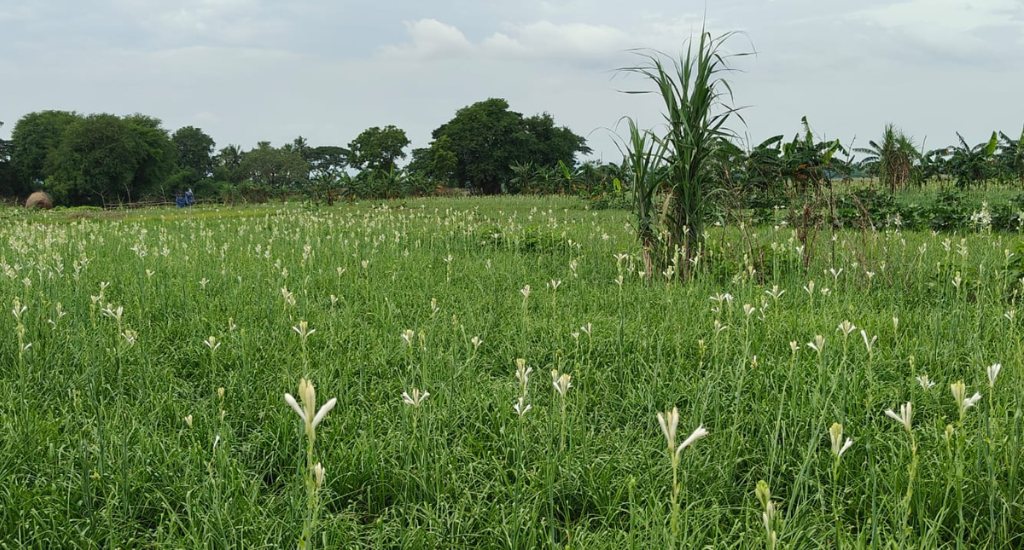
“Rajanigandha farming follows a non-annual cycle, with each phase spanning three years,” said Jagat Dalai, a 23-year-old farmer.
The success of Ralaba has inspired neighbouring villages to join this fragrant renaissance.
Also Read: Immerse yourself in a sea of tulips this summer
“About 25 farmers in Kandra, 20 in Nimigaon, and 15 in Hinjilikatu now grow Rajanigandha. We treat Ralaba as our model village,” Durga Sahoo, a farmer in Hinjilikatu, said.
In a bid to further enhance the cultivation, the Central Horticultural Experiment Station (CHES) in Bhubaneswar provided seeds of the Arka Prajwal variety of rajanigandha to six farmers in Ralaba in August 2023 on an experimental basis. This variety, known to produce 20-22 tonnes a hectare, holds promise for the future. If successful, this initiative could be expanded to include five more varieties released by the Indian Institute of Horticultural Research (IIHR) in Bengaluru, said principal scientist Dr P Srinivas of CHES, a wing of IIHR.
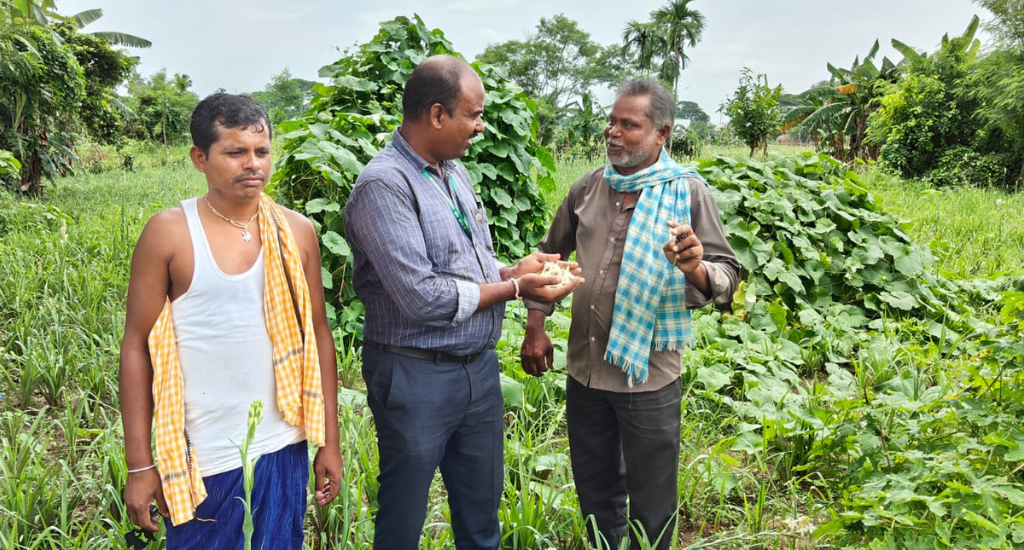
Srinivas expressed hope for linking farmers with the fragrance industry. “If the marketing network is not set for farmers, the very purpose of our experiment will be defeated,” he said.
A kg of Rajanigandha produces about a gram of oil. “Manufacturers of perfume, soaps and cosmetics require it. The oil sells at Rs 4 lakh a kilo,” said senior scientist Dr Rama Rao, who heads the Bramhapur unit of Fragrance and Flavour Development Centre of Kannauj, Uttar Pradesh.
Ralaba’s agricultural venture has transformed devastation into fragrant prosperity. The journey continues, with Ralaba leading neighbouring villages in embracing the blossoms of change.
Also Read: Flower farming is no bed of roses
The lead image at the top shows farmers working in a rajanigandha field at Ralaba in Ganjam district of Odisha (Photo arranged by Niroj Ranjan Misra)
Niroj Ranjan Misra is a freelance writer based in Cuttack, Odisha.